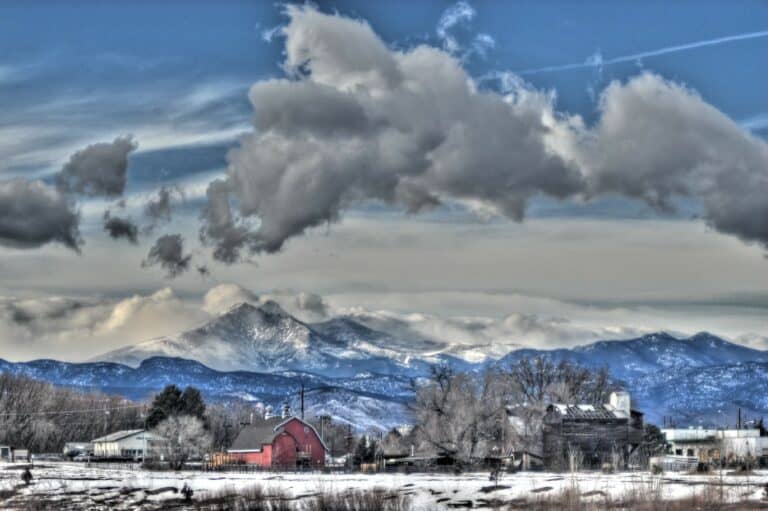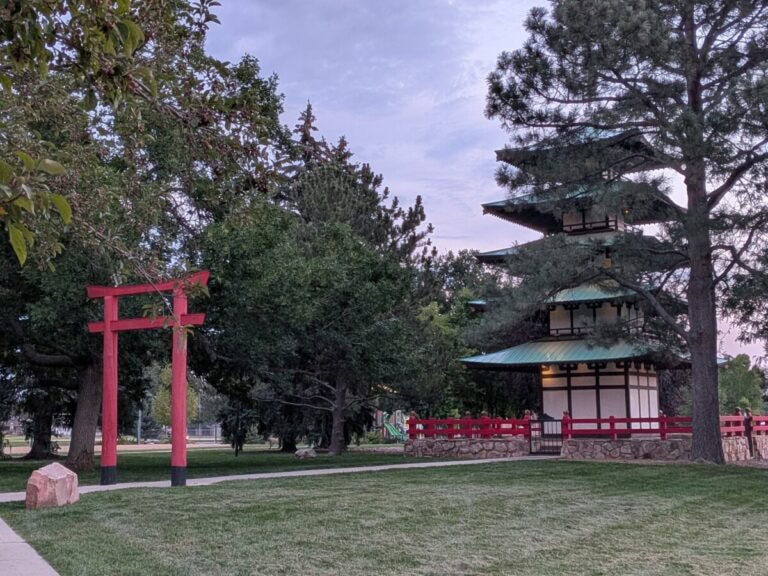The Story of the Longmont Sugar Mill from 1903 until Today
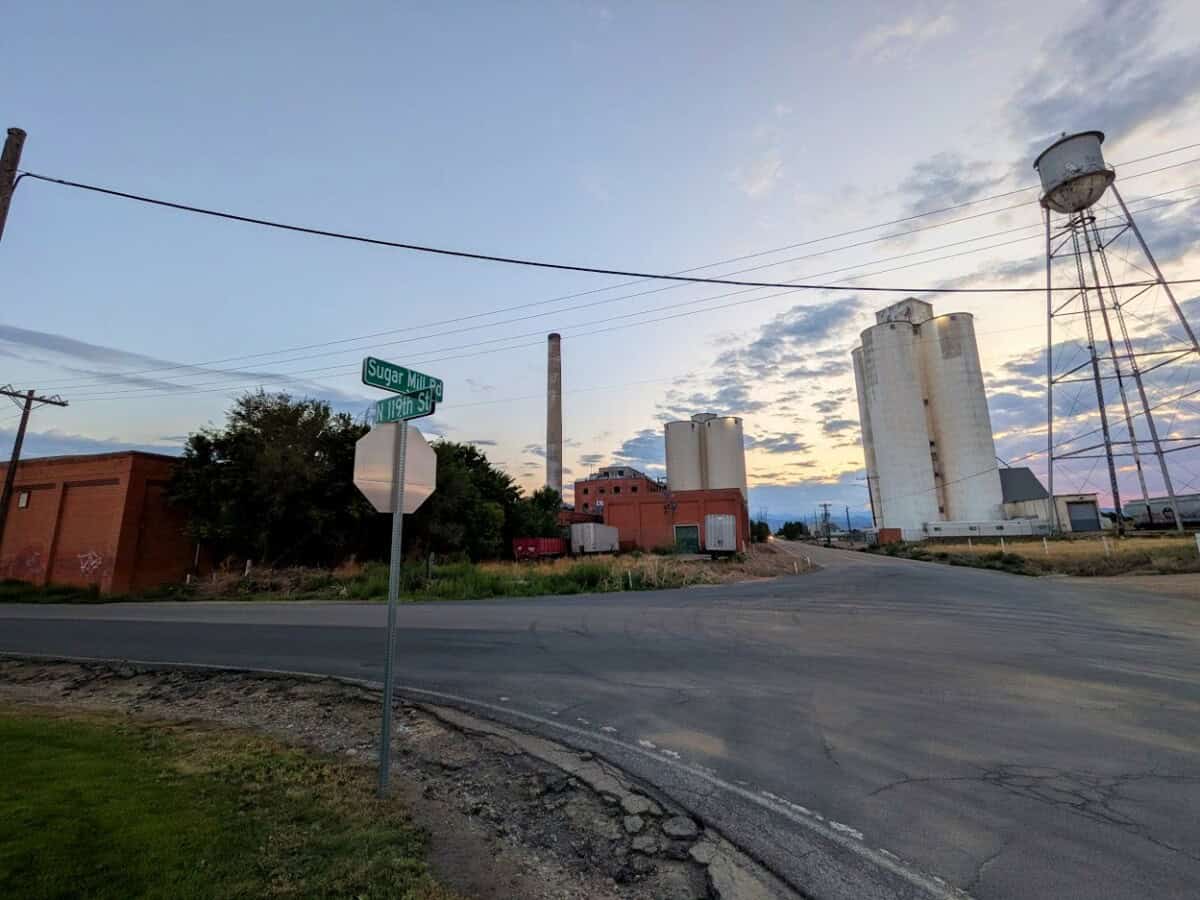
The Longmont Sugar Mill was once a thriving hub of Colorado’s sugar beet industry, operated by the Great Western Sugar Company. At its height, the mill produced over a million pounds of sugar per day.
Now an abandoned industrial site, the factory has become a symbol of both local pride in Longmont’s rich history and long-term neglect.
In recent years, the site has faced repeated fires, ongoing vandalism, and multiple stalled redevelopment efforts, leaving its future uncertain.
The Birth and Boom Years
The Longmont Sugar Mill opened in 1903 under the Great Western Sugar Company, a major force in Colorado’s sugar beet industry. Built at a cost of $1 million, the factory helped double Longmont’s population, from about 2,000 to over 4,000, within a few years.
It quickly became the city’s largest employer and a major driver of the local economy. The factory reached peak production by the middle of the 20th century.
Day-to-Day Operations
The plant ran seasonally from September to February, processing sugar beets into granulated sugar and beet pulp animal feed.
Work included field harvesting by local farmers, factory processing by hundreds of workers, and distribution of finished products across the region. The operation employed thousands, both directly and indirectly, during peak harvest seasons.
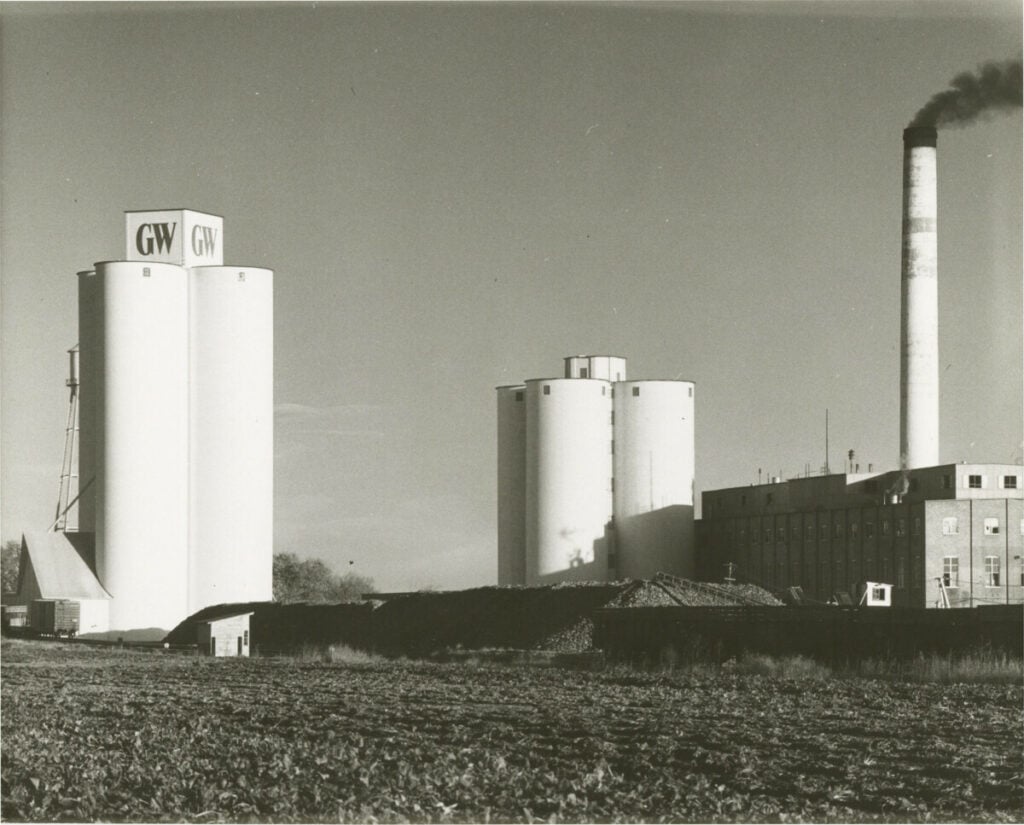
The Takeover & Closure of the Mill
In the 1970s, the Texas-based Hunt brothers purchased the Great Western Sugar Company.
Instead of reinvesting in the sugar industry, they diverted company funds into a failed attempt to corner the silver market.
Investment shifted away from operations, maintenance and upgrades stalled, and workforce reductions began. This financial gamble drained resources and triggered a wave of factory closures across the region.
Unfortunately, the Longmont facility was among the casualties.
Final Days and Shutdown
The Longmont Sugar Mill officially shut down in 1977, ending more than 70 years of production. In 1980, Denver broker Dick Thomas purchased the property under the name Clean Energy LLC.
Since then, the site has remained mostly vacant and deteriorating, with occasional interest from developers but no lasting redevelopment.
Decay and Dangers of the Abandoned Sugar Mill
The abandoned sugar mill poses major safety risks due to decades of neglect. Inside, there are widespread structural issues, including collapsed floors, rotting beams, and crumbling staircases.
Asbestos, mold, and rodent droppings add to the health hazards. The building is so unstable that emergency responders refuse to enter unless absolutely necessary, citing extreme danger to anyone who steps inside.
Vandalism and Trespassing
Over the years, the site has become a magnet for graffiti artists, thrill-seekers, and trespassers. Despite fences, barbed wire, and security cameras, people continue to break in, often sharing videos or photos of their experience online.
These intrusions have resulted in property damage, increased safety risks, and ongoing struggles for the property owner to maintain control of the site.
Fires and Emergency Responses
Since 2016, there have been at least five fires at the Longmont sugar mill, the most recent in March 2025. Most are believed to be human-caused.
Due to the building’s instability and the presence of hazardous materials, firefighters must fight fires from the outside.
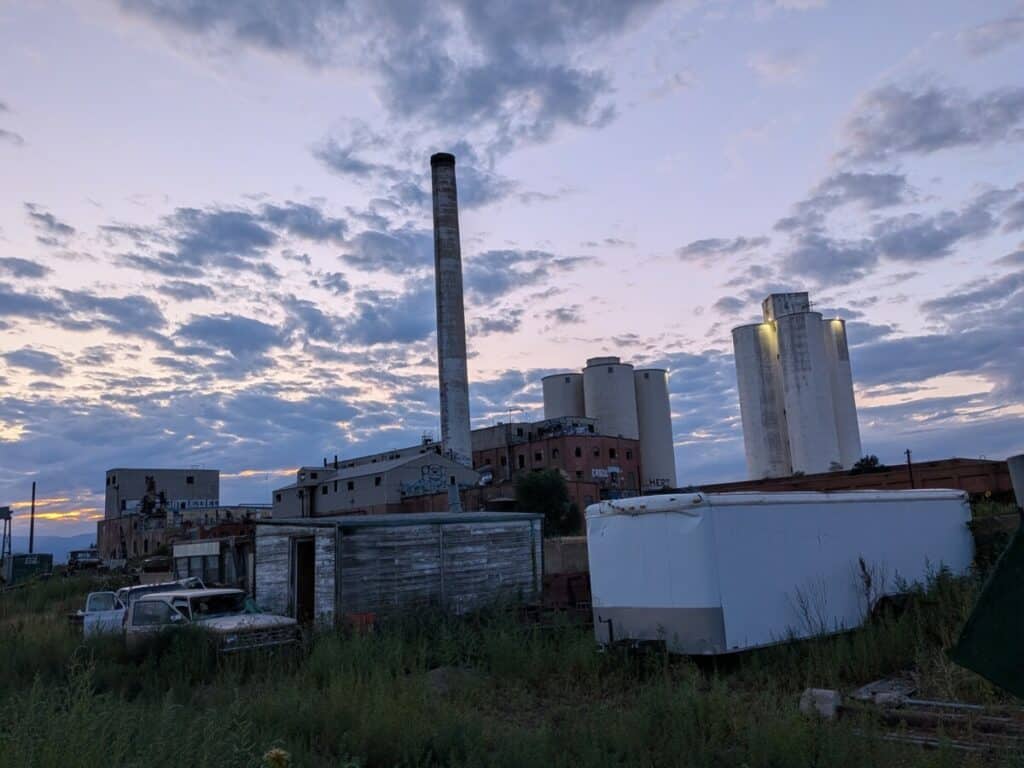
Is the Longmont Sugar Mill Haunted?
The Longmont Sugar Mill has gained a reputation for being a haunted site, fueled by YouTube videos, social media posts, and urban legends. Some claim the factory gives off an eerie feeling, especially at night, with strange noises and cold spots.
Despite the rumors, local authorities report no confirmed deaths at the sugar mill. They continue to stress that the site is dangerous, unstable, and strictly off-limits to the public.
Redevelopment and Community Debates
Several ideas have been proposed to breathe new life into the Longmont Sugar Mill site. A plan to convert a large storage shed into a performing arts center was brought to voters but ultimately failed.
Other suggestions have included building a museum, converting parts of the factory into a biomass plant, or developing affordable housing on the surrounding land.
Should the Mill Be Preserved or Demolished?
The community remains largely divided on what to do with the abandoned sugar mill. Some residents want to see it preserved as a historic landmark, while others argue it’s time to tear it down.
A ULI study outlined possible redevelopment paths, but since the property lies outside city limits, Longmont must annex it before taking formal action.
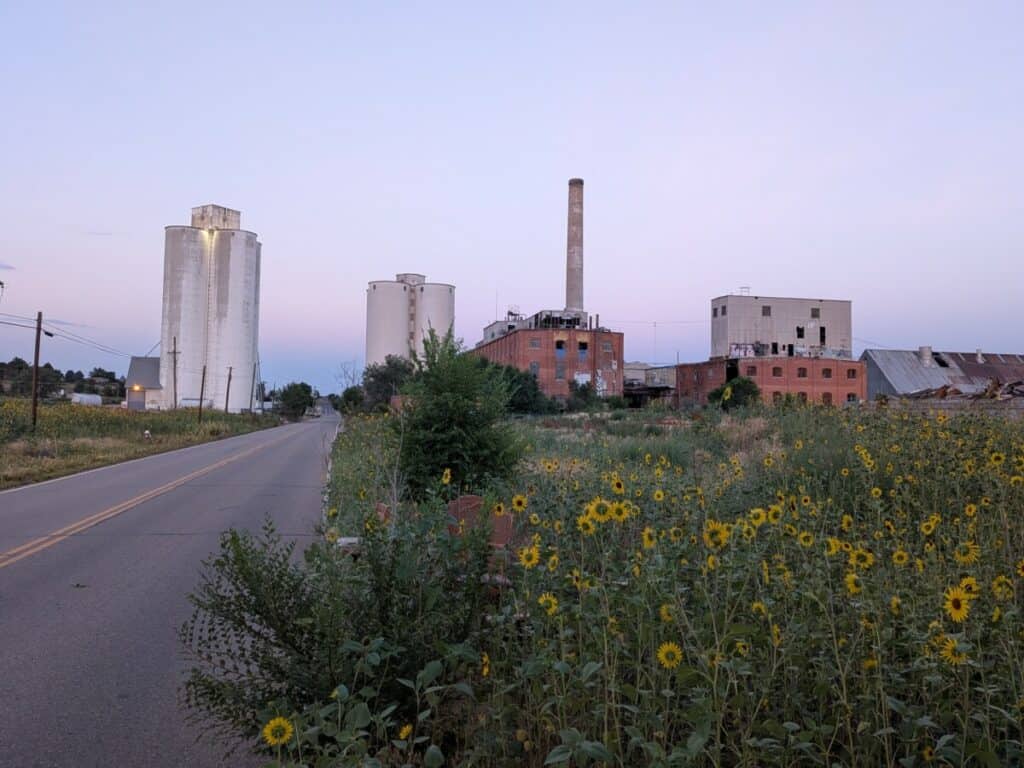
The Longmont Sugar Mill Today
Today, the Longmont Sugar Mill is owned by Clean Energy LLC, a private company that purchased the property in 1980.
While the main buildings remain abandoned, the silos are still used for sugar storage by the Western Sugar Cooperative.
Security and Monitoring
Security efforts at the abandoned sugar factory include fencing, cameras, and regular visits from code enforcement. The area is patrolled daily by local deputies, and the property owner continues to repair damage and monitor trespassing activity.
Longmont Sugar Mill FAQs
Why was the Longmont Sugar Mill shut down?
The Longmont Sugar Mill was shut down in 1977 due to financial mismanagement by the Hunt brothers.
Is the Longmont Sugar Mill haunted?
There’s no official evidence the site is haunted, but the mill’s abandoned condition, eerie atmosphere, and countless YouTube videos documenting visits to the site have helped fuel persistent ghost stories and urban legends.
Were there any Longmont Sugar Mill deaths?
Local authorities confirm no known deaths at the site, despite popular rumors suggesting otherwise.
Is it legal to explore the abandoned sugar mill?
No. It is private property, filled with structural hazards, and clearly marked with no trespassing signs.
What are the redevelopment plans for the Longmont Sugar Mill?
Proposals have included housing, a museum, and a biomass facility, but none have advanced beyond the concept stage.



